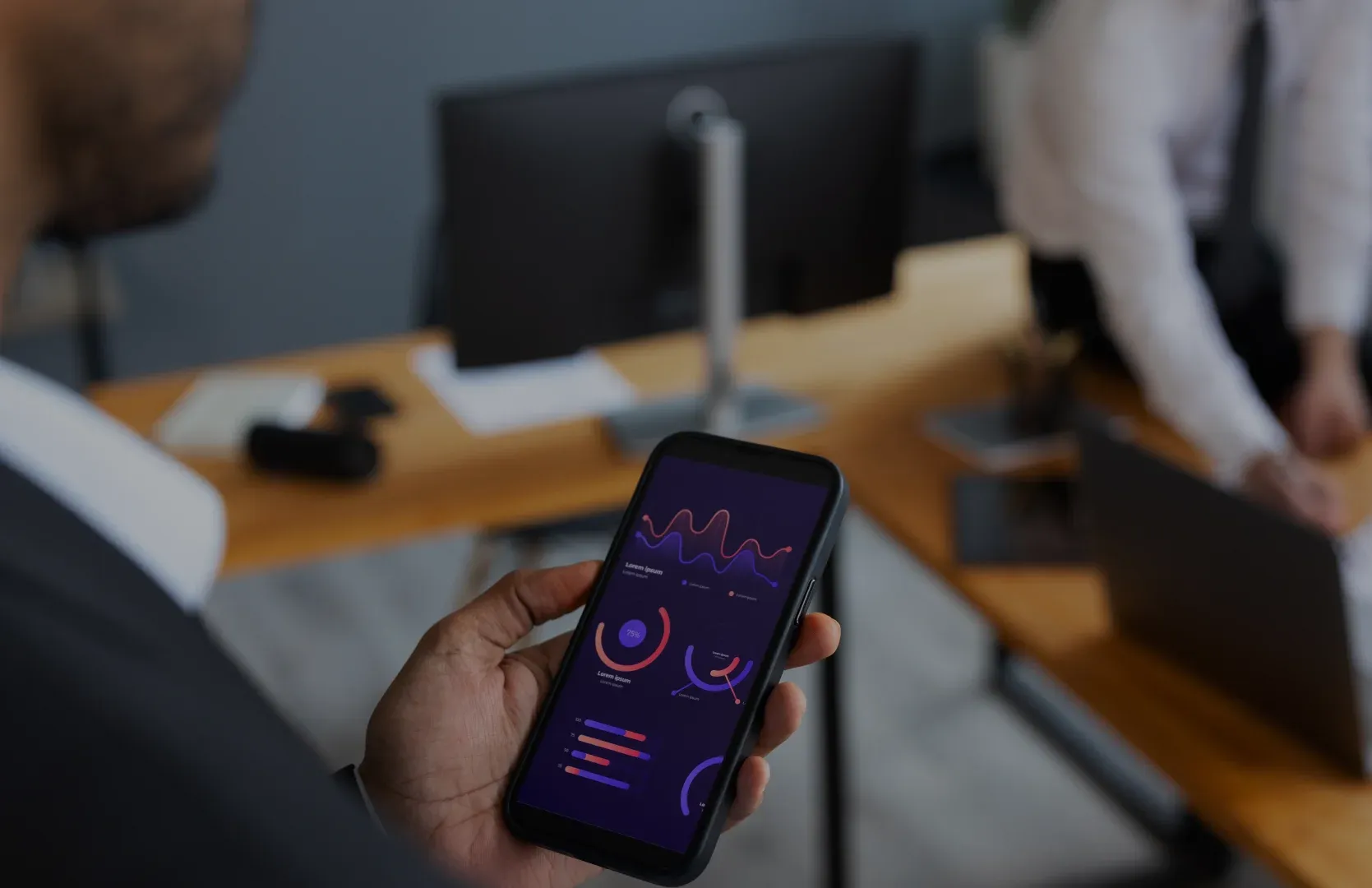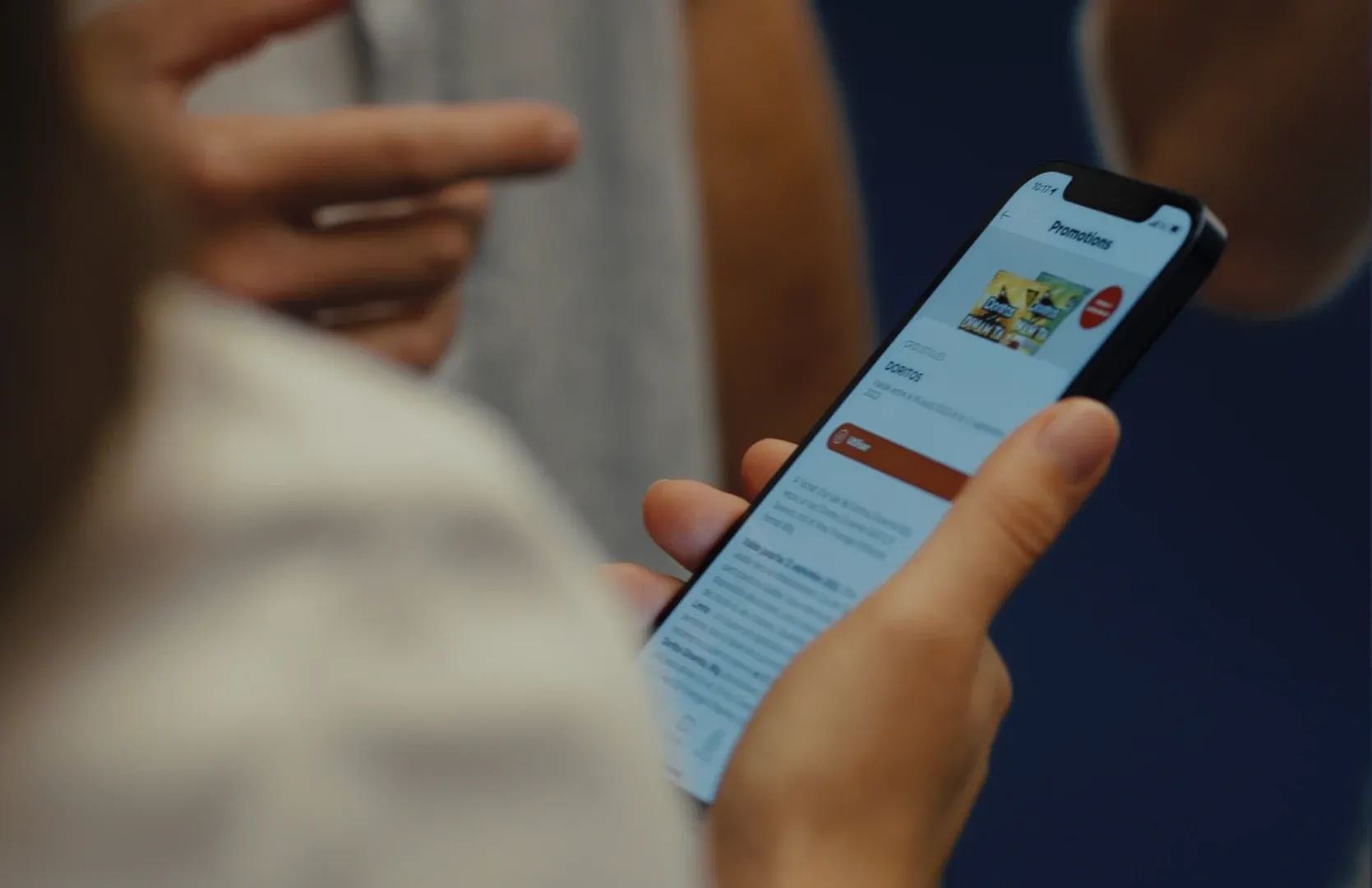.webp)
Low-code/no-code is an excellent gateway for testing a concept, validating a market, or quickly launching a first version of a mobile app.
When you build a mobile app, you’re launching a new product into the market. You start with an intuition, a concept, a positioning. But until you actually put it in users’ hands, you don’t really know how the product will be received. Before investing heavily, you want to test, observe, adjust — and validate that your promise truly meets a real need.
That’s where low-code/no-code platforms come in. They make it possible to rapidly turn an idea into a functional product. You don’t need a full development team or lengthy production cycles. In just a few weeks — or even days — you can put a first version in front of your users.
And it works: many companies have validated their market using tools like Glide, Bubble, or Thunkable. These platforms offer visual interfaces where you assemble an app’s components: pages, forms, databases, notifications.
For marketing or product teams, it’s a strategic accelerator. You can test a promise, gather feedback, and make quick adjustments.
The Simplicity Trap
But what you gain in speed, you often pay for later in flexibility and scalability.
As soon as you want to integrate complex workflows, connect to internal systems, personalize user journeys, or optimize performance, the limits of no-code become clear: rigidity, hidden costs, and technical constraints. That’s why many no-code MVPs eventually shift to custom development to support the product’s growth.
What About Artificial Intelligence?
Generative AI, recommendation engines, and predictive analytics are now part of user expectations. Yet very few no-code platforms offer smooth, secure AI integration.
Sure, you can connect a GPT chatbot using tools like Zapier. But to go further — intelligent personalization, semantic search, automatic classification, content generation — you often need custom models. And that’s exactly where low-code/no-code quickly reaches its limits.
AI demands a flexible architecture, well-structured data, and the ability to iterate quickly.
Digital Evolves — So Should Your App
Treating a mobile app as a static, one-time project is a common mistake. A high-performing app is never finished: it evolves, adapts, grows richer. Whether it’s due to new user expectations, iOS/Android updates, or the integration of new technologies like AI, a digital product must be designed to evolve.
This requires regular updates, a mindset of preventive maintenance, and the ability to expand features without having to rebuild everything from scratch.
The Right Tool at the Right Time
Low-code/no-code is a fantastic practice — one we fully embrace at Thirdbridge for prototypes and user testing. It’s a powerful validation tool.
However, to build a lasting relationship with your users — especially through mobile — you have to think further ahead. The app must be able to evolve, adapt, and surprise.
And this ability to evolve doesn’t just happen: it must be planned, architected, and maintained.
In Summary
Low-code/no-code is an excellent gateway for testing a concept, validating a market, or quickly launching a first version of a mobile app. It lets you move fast, with lower costs and minimal technical resources. But it quickly reaches its limits when you want to personalize the experience, integrate AI, or manage growth smoothly.
Conversely, custom development takes more time upfront but offers infinite flexibility and a robust technological foundation to support your app for the long term.
Other articles

.webp)
.webp)
.webp)
Mar 31, 2025
Ratings & Reviews: Their Impact on an App's Success
An app’s success isn’t solely based on meticulous engineering or eye-catching designs. It’s crucial to deliver a product that is high-performing, accessible, useful, and user-friendly, alongside a go-to-market (GTM) strategy tailored to the digital product ecosystem.
.webp)








.png)


.webp)
.webp)



.webp)
.webp)

Oct 29, 2024
AI driving innovation: A new Era for Mobile Apps and User Experience
Artificial intelligence (AI) represents a digital transformation that impacts us all. This rapidly advancing technology, fueled by data analysis, not only enables informed decision-making and reliable forecasting but also allows for the completion of many tasks at a faster pace.

Oct 15, 2024
Enhancing Product Management: Key to Success in Software Development
The distinction between product management and project management is essential for ensuring optimal productivity. It’s not enough to treat them as interchangeable concepts; it’s crucial to adopt a proactive approach to place the right resources in the right places.

Sep 24, 2024
Cybersecurity and Mobile Applications: Choosing the Right Authentication Method
Mobile applications are essential tools that handle personal data, access sensitive information, and are part of our daily lives. However, in an age where the term cybersecurity is on everyone's lips, ensuring the security of these applications and the information they contain is crucial.
.webp)



May 22, 2024
Optimizing Synergy with Your Software Development Partner
The digital realm, especially that of custom digital solution development, is constantly evolving—between fast technological advancements and changing consumer needs, it's quite challenging to predict what the future holds for web players.
.png)


.webp)



.webp)



Oct 15, 2024
Pierre-Étienne Bousquet guest of "Les Affaires"
Our president and co-founder, Pierre-Étienne Bousquet, discussed with Jean-François Venne from Les Affaires the significant growth of digital technology in the retail industry and its impact on online sales, which are becoming increasingly crucial for revenue.


.png)
Jun 14, 2024
Recruiting an In-House Team or Hiring an Agency for Developing Your Application?
When embarking on a project as significant and important as developing an application, a crucial dilemma quickly arises: choosing between a specialized agency or recruiting your own in-house team to accomplish the work. One thing is certain, both options present distinct advantages and constraints.


.png)
May 3, 2024
Simplified Infrastructures for Enhanced Agility
At Thirdbridge, we believe that project-oriented teams deliver superior quality results, and do so more quickly. Given that they are responsible for the entire value creation flow, these teams can increase their velocity by eliminating bottlenecks themselves. Moreover, entrusting end-to-end flow responsibility to our developer teams makes their work even more engaging and motivating.


.webp)






.jpg)